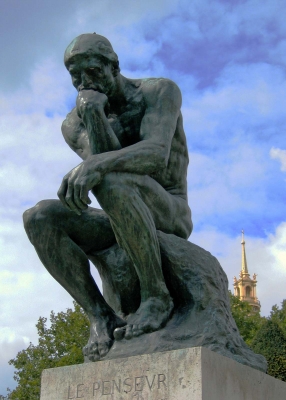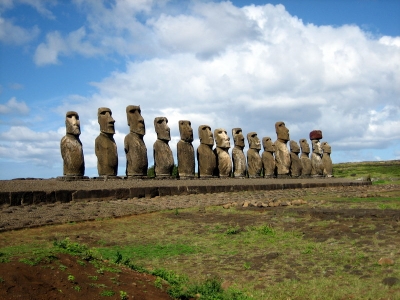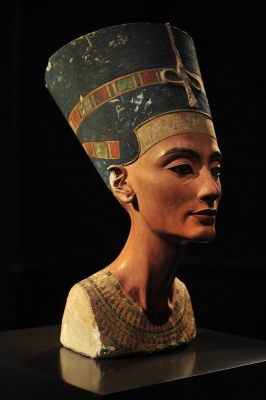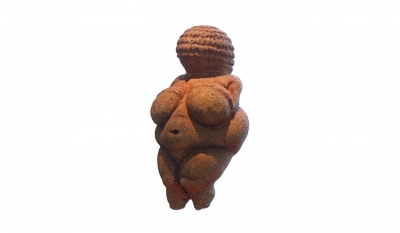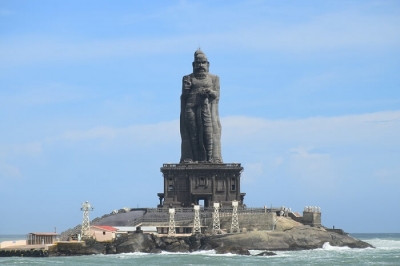
The Thiruvalluvar Statue, or the Valluvar Statue, is a 41-metre-tall (133 ft) stone sculpture of the Tamil poet and philosopher Valluvar, author of the Tirukkural, an ancient Tamil work on Dharmic and morality. It is located atop a small island near the town of Kanyakumari on the southernmost point of the Indian peninsula on the Coromandel Coast, where two seas (the Bay of Bengal and the Arabian Sea) and an ocean (the Indian Ocean) meet. The statue was sculpted by the Indian sculptor V. Ganapati Sthapati, who also created the Iraivan Temple, and was unveiled on the millennium day of 1 January 2000 by the then Chief Minister M. Karunanidhi. It is currently the 25th tallest statue in India.
The combined height of the statue and pedestal is 133 feet (41 metres), denoting the 133 chapters of the Tirukkural. This includes 95 feet (29 metres) sculpture of Valluvar standing upon a 38 feet (12 metres) pedestal that represents the 38 chapters of Virtue, the first of the three books of the Kural text. The statue itself represents the second and third books of the Kural text, namely, Wealth and Love. The whole design signifies that wealth and love be earned and enjoyed on the foundation of solid virtue. The right hand of the statue with three fingers pointing skywards signifies the three cantos of the Kural text, namely, Aram, Porul, and Inbam (Virtue, Wealth, and Love, respectively), combined. The head of the statue stands at a height of 61 metres (200 ft) above the sea level.
To prevent the statue from corrosion due to sea breeze, the statue is chemically treated once in four years. The salty deposits in every joint are removed and replaced with new cement mixture. Paper pulp is then applied on the whole of the statue. As the paper pulp coating dries, it absorbs the salty deposits completely, after which it is removed.
The statue has been thus treated three times since its unveiling. The fourth treatment began on 17 April 2017 and is completed by 15 October 2017.
Picture Credit : Google

